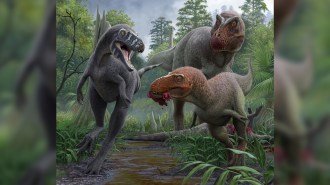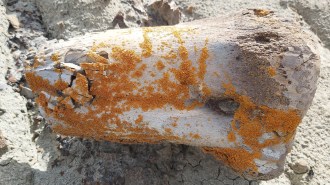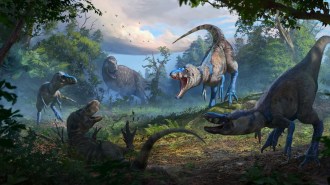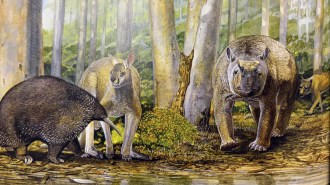300 million-year-old giant shark swam the Texas seas
Fossil find shows oldest known ‘supershark’ was bigger than today’s great whites
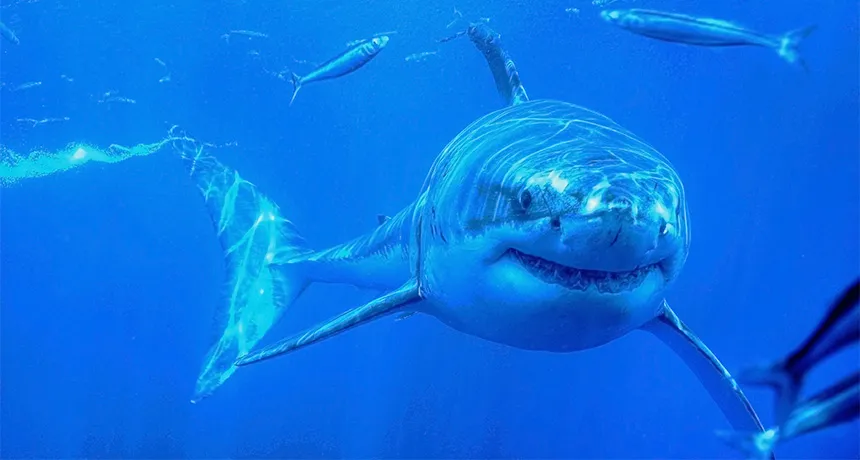
SUPERSHARK Today’s big predatory sharks, like this great white, top out at around 6 or 7 meters long. But 300 million years ago, an ancient shark found in Texas may have reached 8.5 meters in length.
Brook Ward/Flickr (CC BY-NC 2.0)


